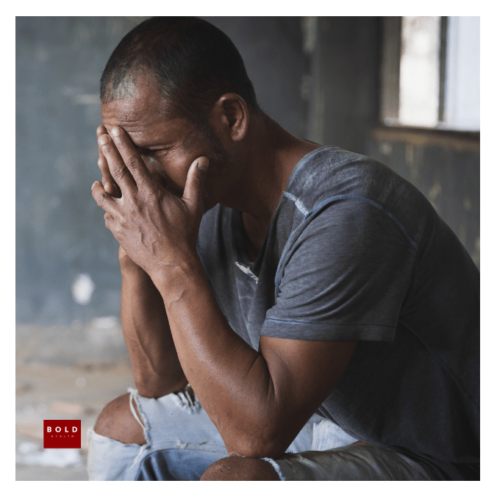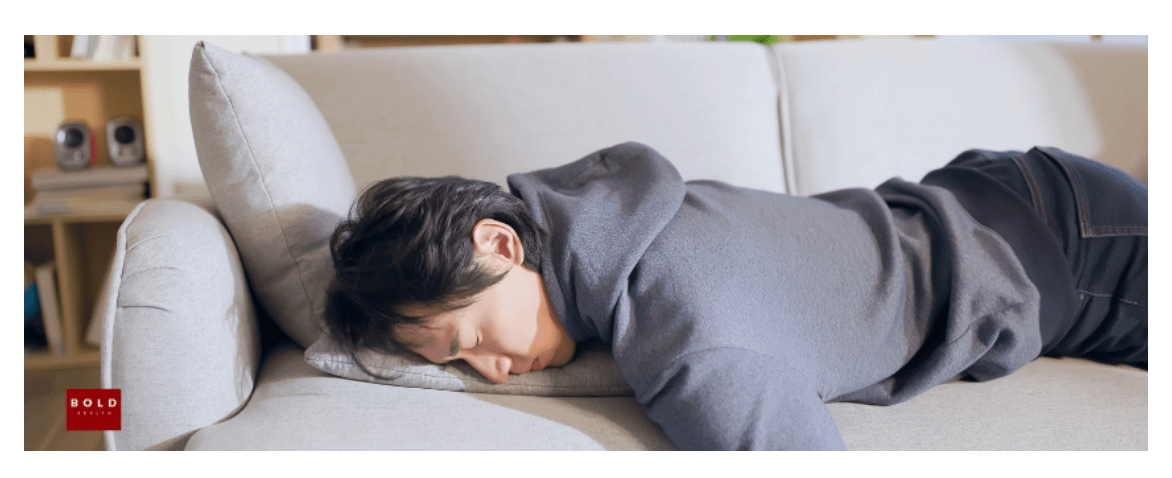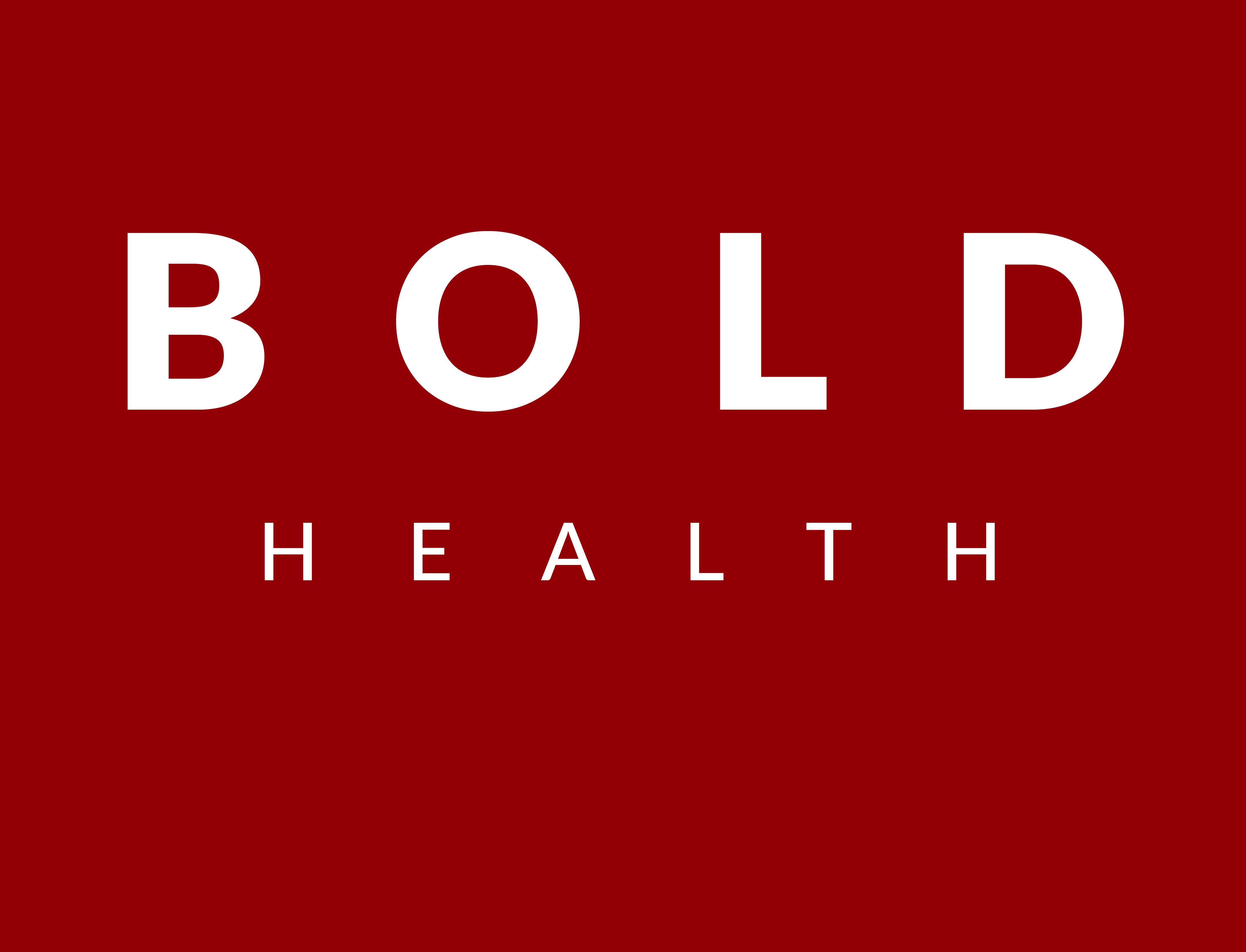

Opioids include both legal prescription drugs and street drugs like heroin. Yes, one is “legal,” and one is not, but they are both very dangerous drugs. While doctors often take as many precautions as possible to reduce prescribing opioids for an extended period, once you become addicted to them, you’ll do whatever you can to get your hands on more.
Opioid addiction is extremely dangerous. In fact, just under 82,000 people died from drug overdoses involving opioids in 2022. That’s why it is vital to keep tabs on your opioid usage and, if needed, enroll in addiction treatment and undergo opioid detox to cut your ties with dangerous prescription drugs or heroin.
You may be wary of reaching out for help, worried about opiate withdrawal symptoms, which can be challenging. But with the proper understanding and support, you can prepare for opioid detox and effectively manage opiate withdrawal symptoms as much as possible.
Outpatient Addiction Treatment in San Diego
Common Symptoms of Opiate Withdrawal
Opiate withdrawal can lead to a wide range of symptoms, both physical and psychological. It’s essential to recognize these symptoms to provide appropriate support and care to a loved one going through opioid detox or to help prepare you for the same.
Common physical opiate withdrawal symptoms include the following:

- Nausea and vomiting: You may experience gastrointestinal distress during opiate withdrawal, leading to feelings of nausea and episodes of vomiting. This can be highly uncomfortable and may contribute to dehydration and malnourishment if not correctly managed.
- Muscle aches and pains: Opiate withdrawal often manifests as intense muscle aches and pains throughout your body. These pains can be debilitating and make it difficult to engage in daily activities or find relief through rest.
- Sweating and chills: Opiate withdrawal can cause significant fluctuations in body temperature, leading to excessive sweating or sudden chills. These physical sensations can be uncomfortable and contribute to feelings of restlessness and discomfort.
Psychological symptoms are also prevalent during opiate withdrawal and can include:
- Anxiety and restlessness: You may experience heightened levels of anxiety and restlessness during opiate withdrawal. This can manifest as unease, irritability, and difficulty concentrating or relaxing.
- Depression and mood swings: Withdrawal from opiates can lead to feelings of depression and mood swings. These emotional fluctuations can be intense and may contribute to a sense of hopelessness or sadness.
- Insomnia and sleep disturbances: Difficulty sleeping or experiencing insomnia is a common symptom of opiate withdrawal. Your body’s natural sleep-wake cycle is likely to be disrupted, leading to exhaustion and further exacerbating other withdrawal symptoms.
Stages of Opiate Withdrawal

Opiate withdrawal typically occurs in three stages, each with its own set of symptoms and intensity. Understanding these stages can help you and your loved ones anticipate and prepare for what to expect during the opioid detox process.
- Early withdrawal stage: This stage typically begins within 6-12 hours after your last dose of opiates. During the early withdrawal stage, you may experience symptoms such as anxiety, muscle aches, sweating, and insomnia. These symptoms can be uncomfortable but are generally manageable.
- Peak withdrawal stage: The peak withdrawal stage usually occurs within 1-3 days after your last opiate dose. This stage typically involves the most intense and challenging symptoms, including:
- nausea
- vomiting
- diarrhea
- severe muscle aches
- increased anxiety or restlessness
Because this is the most challenging (and dangerous) stage of opioid detox, it’s a wise idea to have professional support like our team of addiction specialists at BOLD Health.
- Late withdrawal stage: The late withdrawal stage usually occurs within 3-7 days after your last dose of opiates. While the physical symptoms may begin to subside, you may experience lingering psychological symptoms such as depression, mood swings, and insomnia.
How Long Does Opiate Withdrawal Last?
The duration of opiate withdrawal can vary depending on factors such as the type of opiate used, the duration and frequency of usage, and individual factors such as metabolism and overall health. In general, opiate withdrawal can last anywhere from a few days to several weeks.
For short-acting opiates like heroin, withdrawal symptoms typically peak within 1-3 days and subside within 5-7 days. For long-acting opiates like methadone, withdrawal symptoms may not peak until 3-4 days after the last dose and can last up to 2 weeks or longer.
It’s important to note that while physical symptoms may subside after a week or two, psychological symptoms such as depression, anxiety, and cravings can persist for a longer duration. This is why ongoing support and treatment are crucial for a successful recovery.
Effective management strategies for opiate withdrawal
Managing opiate detox and withdrawal requires a comprehensive approach that addresses both the physical and psychological symptoms. Below are some proven strategies to help you navigate the withdrawal process more easily and increase your chances of a successful recovery.
Medications for opiate withdrawal
Medication-assisted treatment (MAT) is a widely used approach to managing opiate withdrawal symptoms. These medications work by reducing cravings, alleviating withdrawal symptoms, and blocking the effects of opiates if used again. Some common medications used for opiate withdrawal include:
- Methadone: Methadone is a long-acting opioid agonist that helps reduce cravings and minimize withdrawal symptoms. Methadone requires daily dosing, but only under qualified supervision such as a licensed Opioid Treatment Provider
- Buprenorphine: Buprenorphine is a partial opioid agonist that can help ease withdrawal symptoms and reduce cravings. Buprenorphine is more flexible in terms of dosing compared to Methadone and is available as a sublingual tablet or a long-acting injection.
- Naltrexone: Naltrexone is an opioid antagonist that blocks the effects of opioids in the brain. It can be used to prevent relapse once you have completed the withdrawal process and are no longer physically dependent on opiates.

Natural remedies for opiate withdrawal
In addition to medication-assisted treatment, various natural remedies can complement your management of opiate withdrawal symptoms. While these remedies may not eliminate all symptoms, they can provide additional relief and support during the recovery process.
Some natural remedies include:
- Hydration and balanced nutrition: Ensuring adequate hydration and a balanced diet can support your body’s healing process during opiate withdrawal. Drinking plenty of water and consuming nutrient-rich foods can help replenish essential vitamins and minerals.
- Exercise and physical activity: Light to moderate exercise can help reduce muscle aches and pains, improve mood, and promote better sleep during opiate withdrawal. Activities such as walking, yoga, or gentle stretching can be beneficial.
- Mindfulness and relaxation techniques: Practicing mindfulness, deep breathing exercises, and relaxation techniques like meditation or guided imagery can help you manage anxiety, reduce stress, and promote a sense of calm during opiate withdrawal.
Trust BOLD Health for Outpatient Addiction Treatment in San Diego
Whether you or someone you know needs help to manage opioid detox and withdrawal, we’re here for you. At BOLD Health, we offer several options for outpatient addiction treatment in San Diego that can help you beat your addiction and reclaim your life.
Our compassionate, experienced, and nonjudgmental clinicians will take the time to genuinely listen to you and get to know and understand you and what brought you to our door. We will then curate the ideal holistic addiction treatment plan tailored to your needs.
Our options for outpatient addiction treatment in San Diego include:

- opioid detox
- individual therapy
- group therapy
- medication management
- intensive outpatient program (IOP in San Diego)
If your schedule allows for a more rigorous and structured program, our IOP in San Diego is your best bet. But contact us if you’re unsure and need more help determining what would work best for your needs. Whatever you do, don’t waste another moment addicted to opioids. You deserve to live a life free from addiction.


